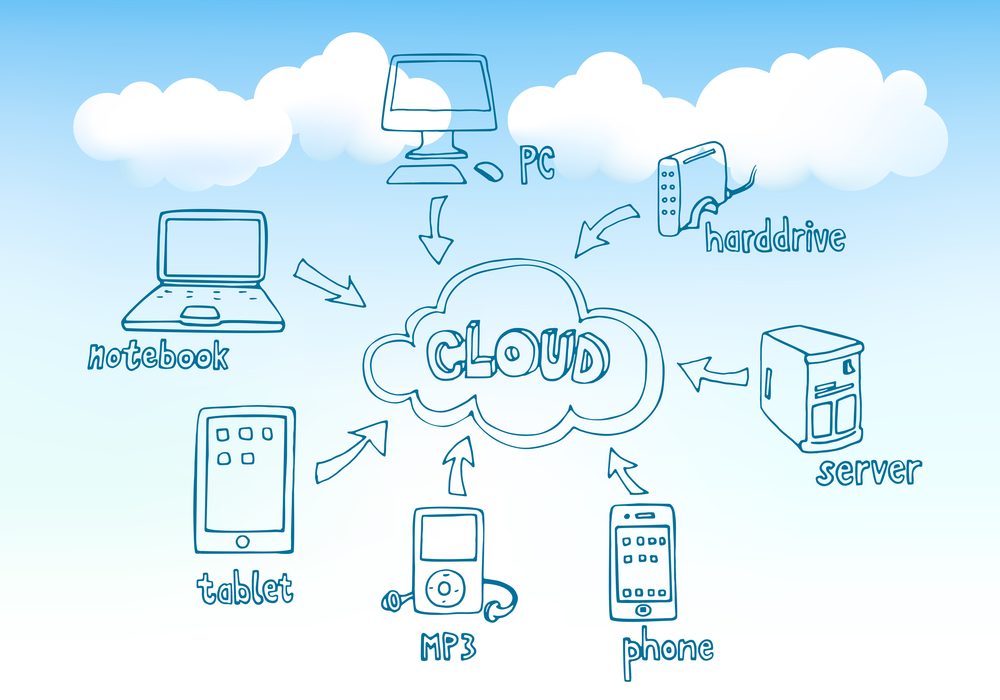Cloud Computing is a simple idea. But migrating from on-premise infrastructure to cloud will leave a huge impact on any business, even when it’s done partially.
Enterprises around the world are adopting cloud to reduce costs, increase their time to market speed, take advantage of any time, anywhere, any device accessibility and to exploit several other benefits offered by cloud computing.
Amazon Web Services and Microsoft, the leaders of the cloud segment, launch several Cloud services every year, and list more than 160 services as part of their cloud computing platforms. As hyperscale cloud providers continue to expand their services they will push other providers to stay on an unending innovation path, making the industry stronger and wider over time.
Impact of Cloud Computing on Business Organizations
#1 Workforce
Your workforce will be the first one to be majorly impacted by cloud computing. When you allow a third party to manage your infrastructure, you are essentially moving a part of your daily IT tasks to them.
This not only reduces the number of administrative labor hours your IT team engages on a daily basis, in some cases, it can also completely eliminate the need for certain skill sets within your workforce while forcing you to rebalance
Example Scenario:
“Serverless Computing eliminates infrastructure management tasks such as server or cluster provisioning, patching, operating system maintenance, and capacity provisioning.” Since the Cloud service provider takes care of infrastructure related admin tasks, it frees up your IT team to focus on other tasks.
To reduce the risk of using a single cloud service vendor, you will have to use multiple cloud vendors, which means you will have to make sure that your workforce has the ability to work on multiple cloud platforms. You may have to hire new talent.
#2 Colloboration
When you host your application in the cloud, your workforce will be able to access it from anywhere, anyplace and from any device. This increases workforce flexibility while improving collaboration within teams.
Example:
If you have installed Microsoft Office 365 in your office laptops and desktops, your employees have to be physically present in the office to access them.
But, if you had signed up for Office 365, your employees can log in from anywhere, any place and from any device to get their work done.
#3 Customer Interaction
There was a time when businesses had no online presence. As the world-wide-web grew, having your brand an online home added some benefits.
Today, if you are not online, you are certainly losing some business.
Cloud has taken this to an extreme. If your business is not online and if you are not taking advantage of the cloud, there is a very good chance that your business will never make it to the top because your competitors are looking at the cloud to give them an edge.
Scott Crenshaw, vice president
“But customers are moving to more online transactions, which is fundamentally a cloud phenomenon. Even in industries where the transaction requires direct personal interaction, buyers will form their opinions of products and services based on input from online communities.” The cloud will “give small, niche retailers the ability to tweak their offerings and develop a closer understanding of their customers,” notes Crenshaw.
#4 Dig Deep into your Data
Companies are no longer limited by the capacity of their infrastructure. Cloud has brought an endless amount of capacity to our doorsteps, allowing us to dig as deep as we want into our data, to find that one data point that can be turned into actionable intelligence. The term finding a needle in the haystack does not seem to be a problem
The real question is, can we find the right needle in the haystack.
Bala Iyer, former dean of faculty and a professor at Babson College in Wellesley, Massachusetts says that it’s important for us to understand the modern IT industry stack.
He
“For example, H&R Block’s applications layer may automate taxpayer information, calculate returns, file returns with the IRS, and prepare clients for refunds. (IBM) Watson’s AI engine, with its intelligence on millions of tax codes, can identify unique tax saving opportunities or inadvertent errors that the standard algorithms in the applications layer may have missed. In doing so, it complements the applications layer in unique and specific ways.”
If you look closely you will realize that cloud computing providers are not only taking care of the data handling part with their Compute, Storage and Analytical services, they are also taking care of the data generation part through IoT (Internet of Things) services.



